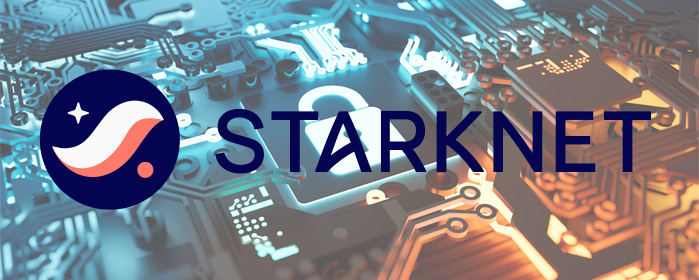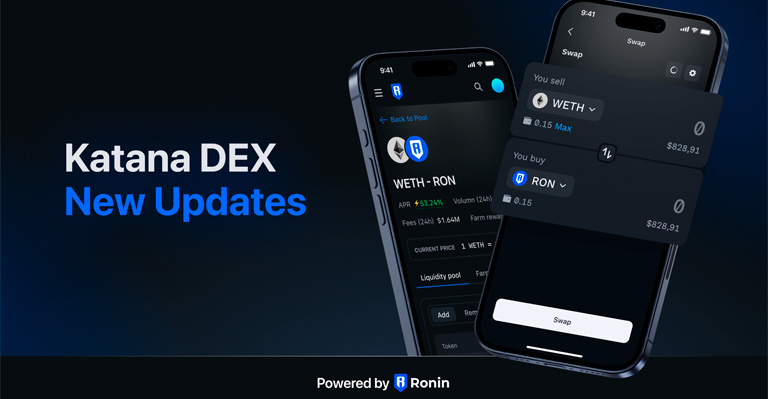The App Store remains a crucial segment in Apple’s (NASDAQ: AAPL) business line; hence the number of applications on the platform has emerged as a critical metric to track. Over the years, the apps on the App Store have fluctuated marginally, but the recent quarter highlights an accelerated drop in apps.
In particular, according to data acquired by Finbold, the number of apps in the Apple App Store hit a seven-year low during 2022 Q3 to stand at 1,642,759. The value represents a drop of 541,697 or 24.79% from the 2,184,456 registered during Q2 2022. The last time the number of apps was this low was during Q3 2015 at 1,672,271.
Elsewhere, regarding the number of apps on leading app stores globally as of Q3 2022, Google Play Store ranks top at 3,553,050 while App Store ranks second at 1,642,759. Amazon (NASDAQ: AMZN) Appstore has the third highest number of applications at 483,328.
Policy changes trigger a drop in App Store apps
It is worth noting that removing apps from the App Store is a perennial practice initiated by Apple as part of maintaining quality on the platform. However, the recent spike in removed apps can be attributed to several decisions by the company to improve user experience.
In this case, in April 2022, the company notified developers that it was rolling out a plan to remove old apps that had not been updated for some time. The directive saw developers directed to make updates within 30 days or risk removal from the platform.
Previously, Apple had not set any timeline for removing apps, but the recent update stressed that cleaning the App Store is an ongoing process and will evaluate apps, removing apps that no longer function as planned, don’t adhere to reviewed guidelines, or need to be updated.
Notably, the policy has received a lot of criticism, with developers arguing that the old apps should continue to exist on the platform as long as they are still functional. For instance, gaming developers maintain that the apps should be treated as old video games that remain playable on consoles.
At the same time, in recent months, the App Store has become a center of controversy with reported scams and fraudulent applications existing on the platform. In this case, the company resorted to removing virus-scanning apps, app clones, and other low-quality apps cluttering the App Store, with Apple maintaining that the App Store offers a safe experience for users.
Overall, removing apps aligns with Apple’s long-standing policy of curating the App Store to eliminate apps that routinely fail to adhere to set standards.
App Store drop in revenue
Interestingly, the drop in the number of apps has also correlated with a period in which the App Store registered one of the significant declines in revenues during 2022 Q3. Notably, the revenue plunge was also witnessed from the gaming apps that are crucial to the store’s financial performance.
In the meantime, Apple continues to explore the App Store as a possible strategic source of revenue through some decisions that have been deemed unpopular, like increasing app purchases, in-app purchases, and subscriptions from the App Store.
Elsewhere, the App Store trails the Google Play Store in the number of applications driven by factors like a larger Android market than iOS devices. Also, developing Android apps is cheaper since developers do not need significant resources. At the same time, approval for publishing apps on the Play Store is less cumbersome.
App Store future outlook
At the same time, the outlook of the App Store is likely to be impacted in the future, especially with regulators increasingly cracking down on the company’s market dominance. This is highlighted by a recent European antitrust law that aims to allow users to install software applications from third parties.
In general, the number of apps removed from the App Store will likely increase, especially with the company targeting specific sectors. For instance, Apple recently clarified its rules for apps affecting cryptocurrencies and non-fungible tokens (NFTs). For crypto exchanges, Apple’s policy indicates that the apps may facilitate transactions or transmissions of cryptocurrency on a regulated exchange. However, such apps can only be offered in regions with licensing and permission to operate a business.
The post Over 540,000 apps wiped from Apple App Store in Q3 reaching lowest number in 7 years appeared first on Finbold.



 Crypto2 years ago
Crypto2 years ago


 Blockchain4 years ago
Blockchain4 years ago


 Press Release4 years ago
Press Release4 years ago


 Press Release4 years ago
Press Release4 years ago


 Blockchain4 years ago
Blockchain4 years ago


 Press Release3 years ago
Press Release3 years ago


 Press Release4 years ago
Press Release4 years ago


 Blockchain4 years ago
Blockchain4 years ago





 :
: 







